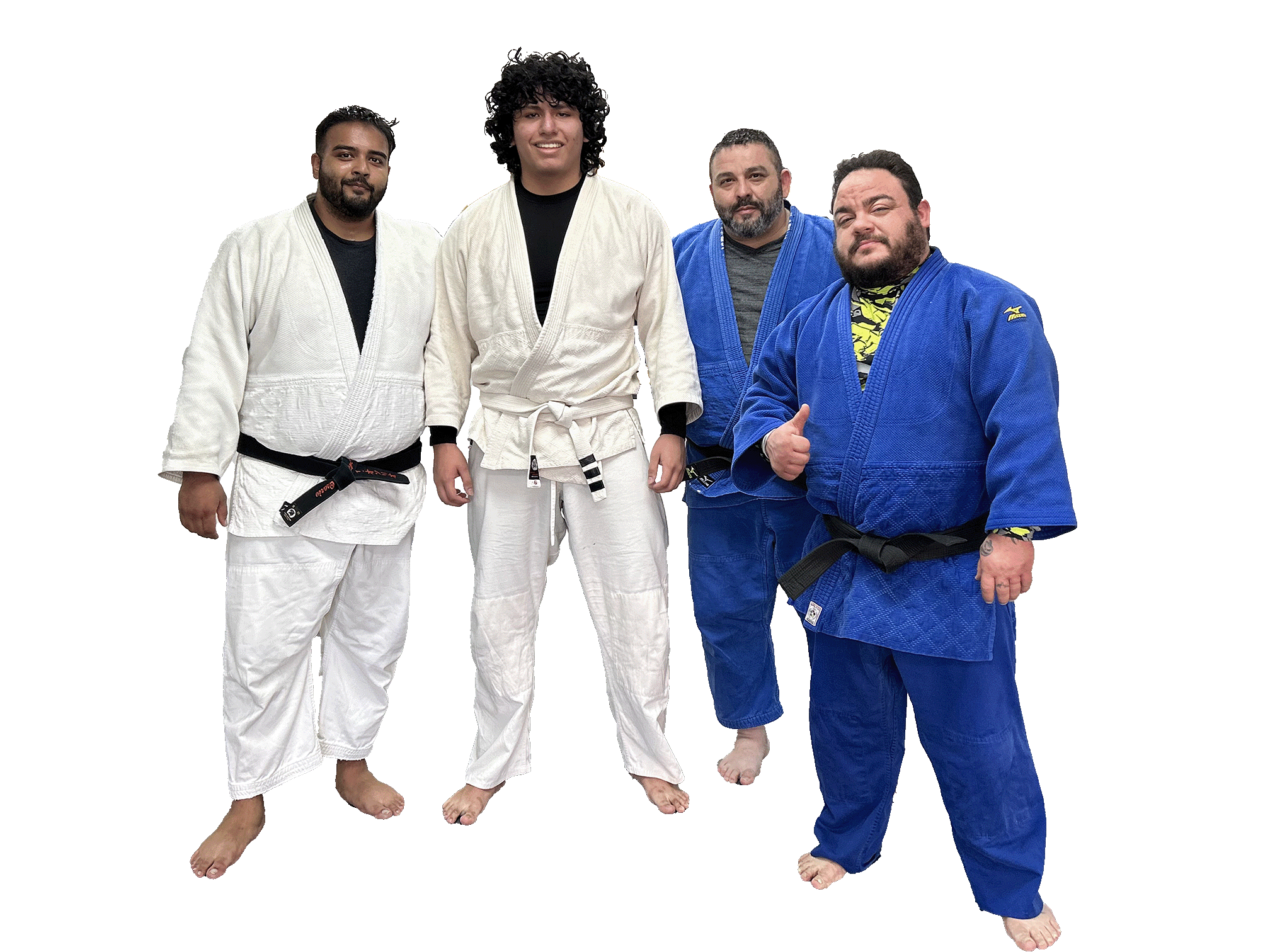It makes perfect sense to compare martial arts. After all, you are the consumer. It is your time that will be spent training in the style you choose. The benefits are yours to gain. Once you become a practitioner, don’t be surprised to find that comparisons, not to mention competitiveness, continues.
Is there ultimately a winner? Of course not. Many have tried to prove there is one, but if there was, we’d have that answer for you. The truth is that there is no answer because it comes down to the individual and what they are hoping to get out of training. That said, let’s begin with what is perhaps the first comparison made between Brazilian jiu-jitsu and another form of martial arts.
Throughout the 20th century, various martial arts made the journey from East to West, such as judo and kung fu. Boxing, though associated with the West, made its way to America, like most arts, via Greece and Egypt. What about karate? It is a Japanese martial art but the word itself combines two Chinese characters that stand for “empty” and “hand.”
For several decades, karate was the most dominant, recognizable form of martial arts because of its presence in action films and eventually, in every suburb and small town. The emphasis on kicking and punching, combined with character education and appeal to children, made it very franchise friendly. Early TKD champion and ambassador, Jhoon Rhee, appealed to Americans with his patriotic demonstrations and entrepreneurial genius. Tae Kwon Do, especially, became the new ‘activity’ for soccer moms to bring their kids to.
When and how did Brazilian Jiu-Jitsu (BJJ) enter the picture? Most would credit its emergence to MMA, or mixed martial arts. As for when it arrived in America, that credit goes to a celebrated instructor from the Kodokan Japanese school by the name of Mitsuyo Meda and his 1904 arrival in America, along with other teachers from Jigoro Kano’s school. The Japanese techniques were well-received due to the political and economic bonds between Japan and the U.S., at the time. Only one year earlier, even President Theodore Roosevelt had taken lessons from Yoshiaki Yamashita.
Still, it wasn’t until the early 1990s and the rise of the mixed martial arts competition known as Ultimate Fighting Championship, or UFC, that BJJ schools began to spread like wildfire across the nation. Brazilian Jiu-Jitsu is unlike most other martial arts in that it focuses on grappling and ground fighting, rather than kicking and punching. These are also known as stand-up techniques. Karate relies on power and hard strikes to do damage to an opponent, while BJJ can be used by anyone of any size against a larger and stronger opponent.
Controlling your opponent from being on your feet to defeating them on the ground is the specialty of BJJ. Statistics show that 90% of fights wind up on the ground. Thus, one could make a solid argument that he who has the best ground skills will always have the upper hand. Compared to karate, BJJ doesn’t rely on brute strength. It does not require the same amount of effort and energy to beat down a large opponent. Instead, it relies more on submission via joint locks. BJJ practitioners are more likely to choke a larger opponent on the ground.
Strikes, such as punching and kicking, can easily end someone’s life, even if it wasn’t the intention. It won’t matter if you were defending yourself. The consequences will be quite serious. It’s not that BJJ can’t be deadly, if needed, but it does offer a way to take control of an attacker and render them unable to attack until they give up, calm down or help comes along.
One of the major and most important differences you will find in BJJ schools like GUMA jiu-jitsu is the dedication to real training and real principles. It is unfortunate but the very same entrepreneurial spirit that led to the spread of TKD schools also, in some cases, led to trading dollars for belts. So far, BJJ schools have avoided this by remaining true to the philosophies that have made them successful, becoming a complete way of life for its students and instituting belt systems that ensure maximum effort is necessary to rise through the ranks.

